There was a basket of thick red wool and two pairs of large knitting needles at the start of University College London’s cleverly curated exhibition, Witnessing Terror: French Revolutionary Prints 1792–94. Visitors were invited to contribute their own lines of stitches before picking up a copy of A Tale of Two Cities, in which Dickens fictionalised the tricoteuses, the women who gathered around the guillotine knitting and waiting for heads to roll.
The first six prints are French portraits of ‘revolutionary martyrs’ ranging from Louis XVI, wearing the bonnet rouge, or red cap of liberty, that was placed on his head when the crowd broke into the Tuileries Palace in 1792, to Robespierre, whose death in 1794 marks the formal, if not actual, end of the Terror.
Beneath the portraits is an extract from the diary of the dowager duchesse d’Elbeuf, who lived in a mansion on the Place du Carrousel during the revolution. The guillotine was placed just outside her gates, so she had a ringside view. She was at the opposite end of the political spectrum from the tricoteuses, and would have been executed after her letters and diary were confiscated had she not died of natural causes in 1794. Professor Colin Jones, one of the curators of the exhibition, recently discovered the duchesse d’Elbeuf’s papers in a police archive. Her eyewitness account runs like a thread through the exhibition.
Another thread is the work of the 20th-century Scottish artist and poet Ian Hamilton Finlay. His neon light sculpture, ‘Translation of a Line from Chénier: A Line of Thin Pale Red’ (1989), is displayed alongside the 18th- and 19th-century prints. Chénier was guillotined despite having written poems in support of the revolution. Hamilton Finlay’s sculpture, made to coincide with the revolution’s bicentenary celebrations, refers to the red ribbon worn around the necks of those who lost relatives to the guillotine.
The red thread continues through the print of ‘Madame sans Culotte’. Plainly dressed in a domestic setting, disassociated from the savagery of the executions, she is knitting a bonnet rouge while her cat plays with the wool (see p33). Her kindly expression and modest surrounds reflect the revolutionary ideal of the ordinary, hardworking people that the new republic was meant to benefit. A satirical print from London tells a different story. Issac Cruikshank’s ‘A Republican Belle’ grins demonically in a dystopian setting, discharging a pistol and wearing a pair of guillotine-shaped earrings. Her knitting needles, worn as hair pins, form a cruel crown.
The artist Sean Curran has designed a set of Top Trump playing cards that encouraged visitors to compare the wide range of perspectives on the Terror included in the exhibition. During the revolution playing cards, previously featuring kings and queens, were ‘regenerated’ to celebrate revolutionary values. Curran’s cards draw on the portraits on display. Each figure is given a score for revolutionary zeal, radicalism, intelligence, popularity and longevity. Louis XVI is a weak card, scoring only three for intelligence against Robespierre’s ten.
Rebecca Loweth’s paper-folding game is inspired by the assignats, the paper currency issued during the revolution that depreciated dramatically during the Terror. The exhibition includes uncut sheets of the assignats, which were printed with a warning that counterfeiting would be punished by death. Loweth’s game involves folding an image of the French coast and the cliffs of Dover, printed on paper the size of a banknote, to reveal lines from Matthew Arnold’s ‘Dover Beach’: ‘…on the French coast the light/ Gleams and is gone.’
The prints are surrounded by the paper paraphernalia through which the revolutionaries tried to realise and stabilise their ideals. In addition to the assignats, there are examples of the passports and identity cards required for travel during the Terror, the decrees of the governing Convention, the lists of emigrants, and the charts explaining the new revolutionary calendar and decimal clock.
Outside the museum there had been a cheerful demonstration in support of the strikes under a banner reading: ‘Liberate the University.’ ‘At first I thought that was part of the exhibition,’ one student had said to another. ‘Well, in a way it is,’ came the reply. Meanwhile, from the corner of the room a bust of George Grote, classicist and contributor to the founding of UCL, looked on, wearing a bonnet rouge.
Got something to add? Join the discussion and comment below.
Get 10 issues for just $10
Subscribe to The Spectator Australia today for the next 10 magazine issues, plus full online access, for just $10.
You might disagree with half of it, but you’ll enjoy reading all of it. Try your first month for free, then just $2 a week for the remainder of your first year.

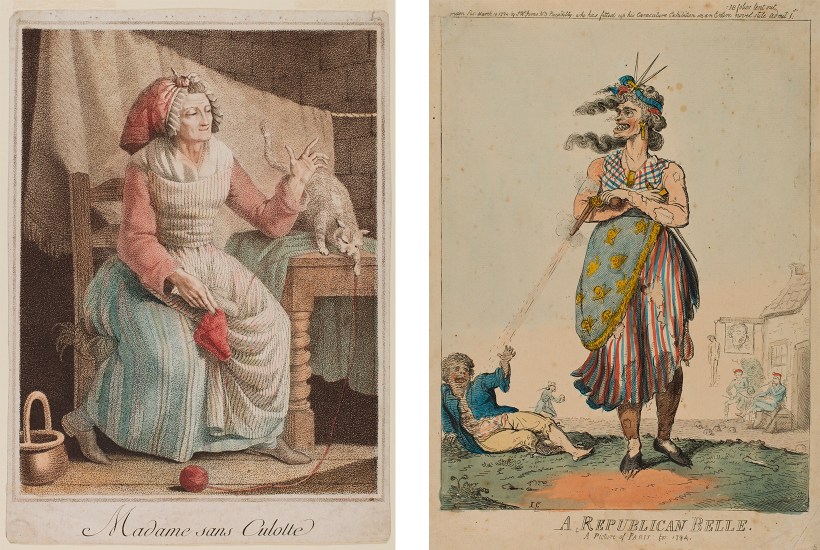
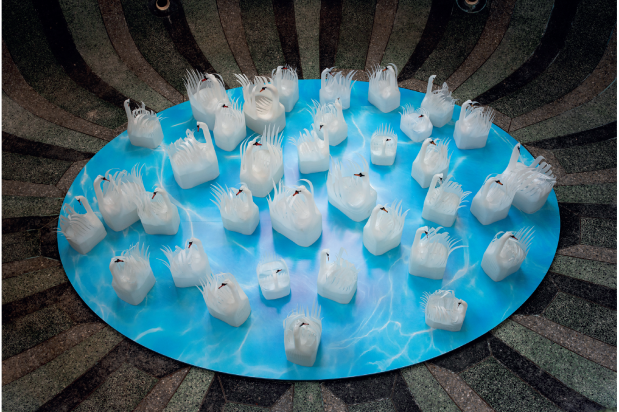
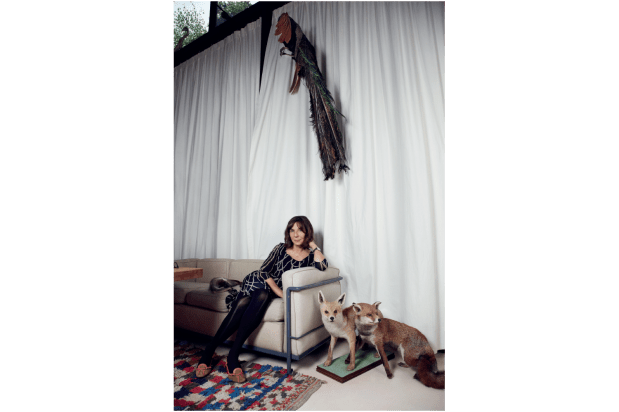

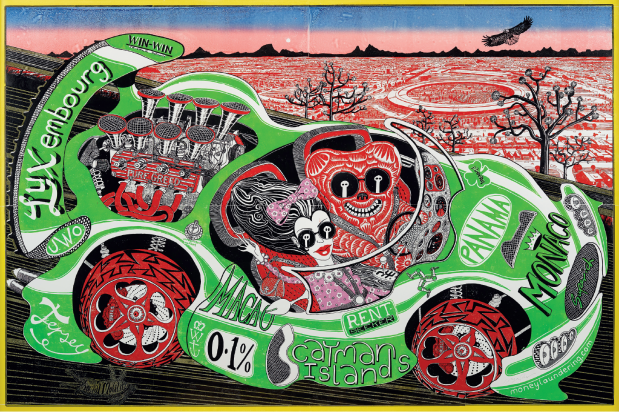
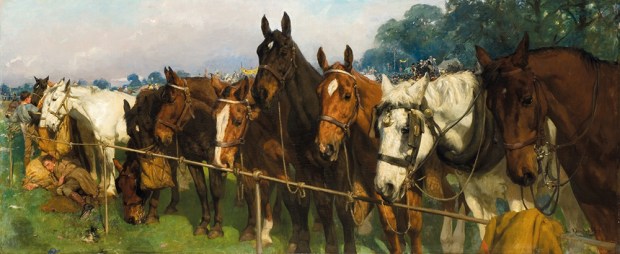
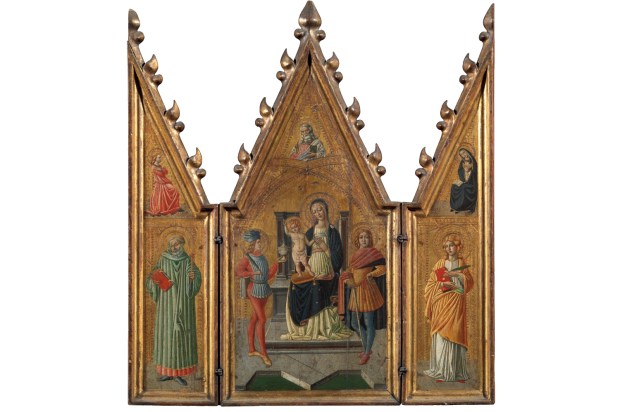






Comments
Don't miss out
Join the conversation with other Spectator Australia readers. Subscribe to leave a comment.
SUBSCRIBEAlready a subscriber? Log in